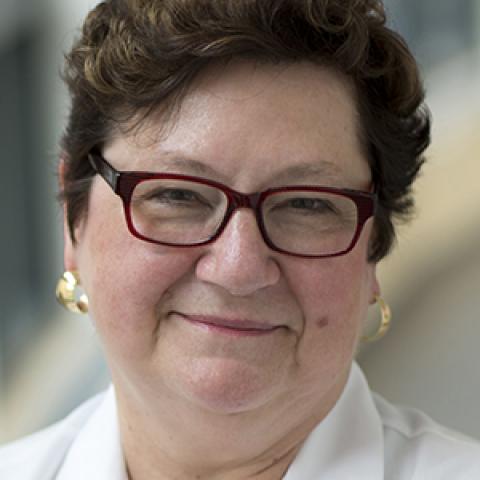I saw in the New York Times that Larry Weed, aged 93, passed away on June 3rd. In case you don’t recognize the name, he was the father of the problem-oriented medical record (POMR). I am old enough to recall POMR as novel when I was in medical school, and like most innovations, it had supporters and detractors, and those who were willing to give the newfangled approach a shot. The detractors felt that complex patients whose problems were interconnected were ill-served by separating them out, as POMR did, and that such fragmentation of thought would inevitably lead to fragmented care.
But, we students SOAPed away anyhow:
· Subjective – what the patient told you
· Objective – your observations and the labs
· Assessment – how you interpreted all that
· Plan – what you were going to do about it.
The result? One complete SOAP for each problem. Lather, rinse, repeat . . .
Did you know Larry Weed trained here at CWRU and later returned to serve on the faculty? He graduated from Columbia College of Physicians and Surgeons and came to University Hospitals for a combined internship in medicine, pathology, and surgery.
Possibly most important, he met his wife here! Then off for more training and a stint establishing a new program in Maine. He returned as a CWRU assistant professor based at Metro, where he ran the outpatient clinic. During his time here, he developed and refined POMR and began to use computers in medical records, becoming an advocate for their use. He was a tireless and sometimes abrasive, impatient advocate for POMR, too.
History shows that he was ahead of his time.
Reading Larry’s obituary, I thought about the deep and venerable roots of the CWRU culture of innovation, which our LCME visitors noted this spring. We go back to the scientific basis of the practice of medicine, noted by Flexner in 1910. We proceed through the “new curriculum” instituted by Hale Ham, Joe Wearn, and colleagues. We encouraged the likes of Larry Weed with his POMR, and more recently, Kurt Stange whose studies led to the patient-centered medical home, and later to accountable care organizations. And we have established the Cleveland Clinic Lerner College of Medicine, the Western Reserve2 curriculum, the pathways in that curriculum, augmented reality as a teaching tool, and the thrust into inter-professional education. Creativity, innovation, and the ability to see beyond the next year into the next decade and beyond are part and parcel of our culture.
Larry was a firebrand and achieved wide adoption of his ideas by hammering away in public forum and books and papers. For other innovations, the ideas were so potent that they moved into prominence almost of their own force. The patient-centered medical home and our “new curriculum” are two examples.
It’s often said that great ideas appear self-evident in retrospect. But it takes one person to get there first. That’s where you come in. All of these CWRU-inspired movements had innovators and dreamers to show the way.
Rest in peace, Larry, knowing that you changed an important corner of the world. We’ll keep at it, too.
Pam
Pamela B. Davis, MD, PhD
Dean, School of Medicine
Senior Vice President for Medical Affairs, Case Western Reserve University
Arline and Curtis Garvin Research Professor
2109 Adelbert Rd. BRB 113
Cleveland OH 44106
Phone 216-368-2825
FAX 216-368-2820


